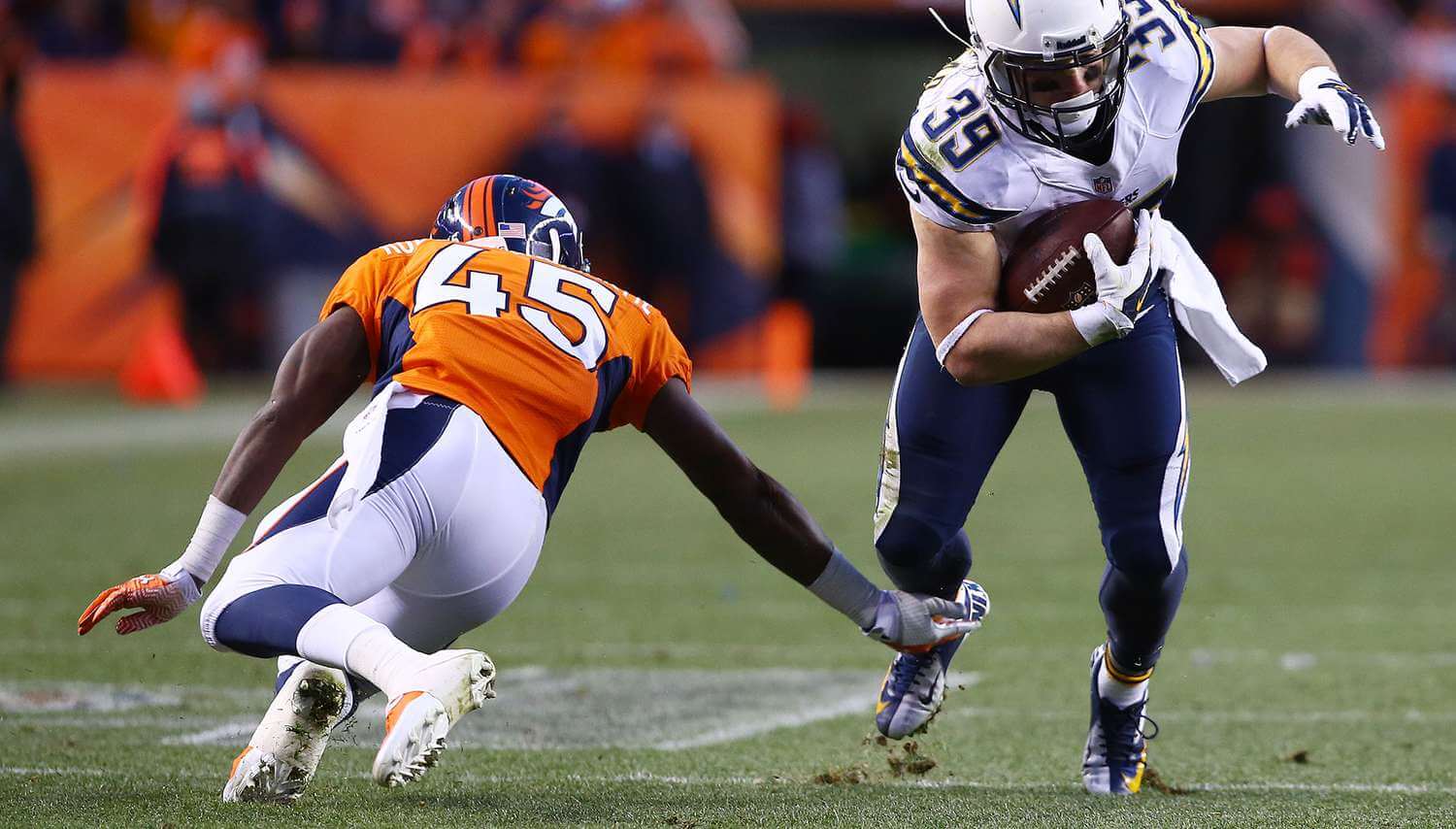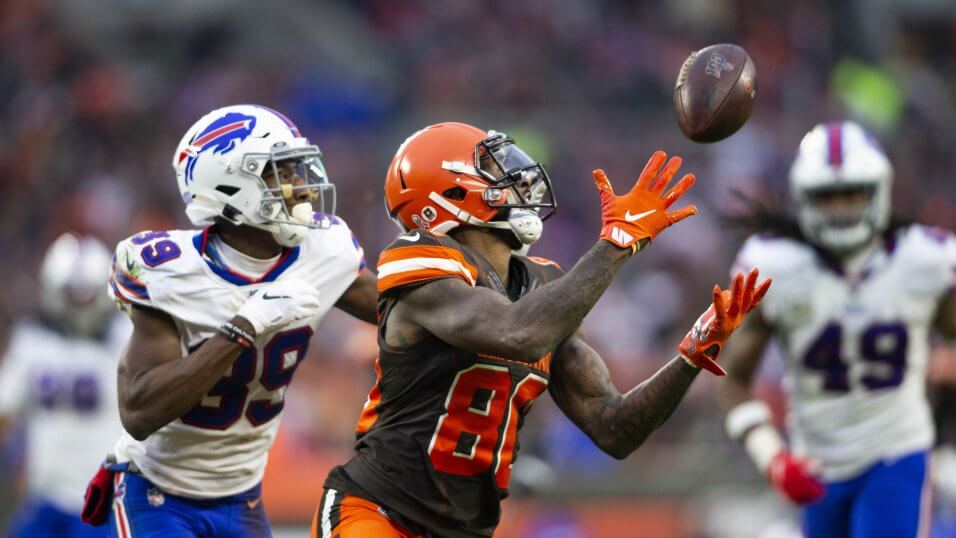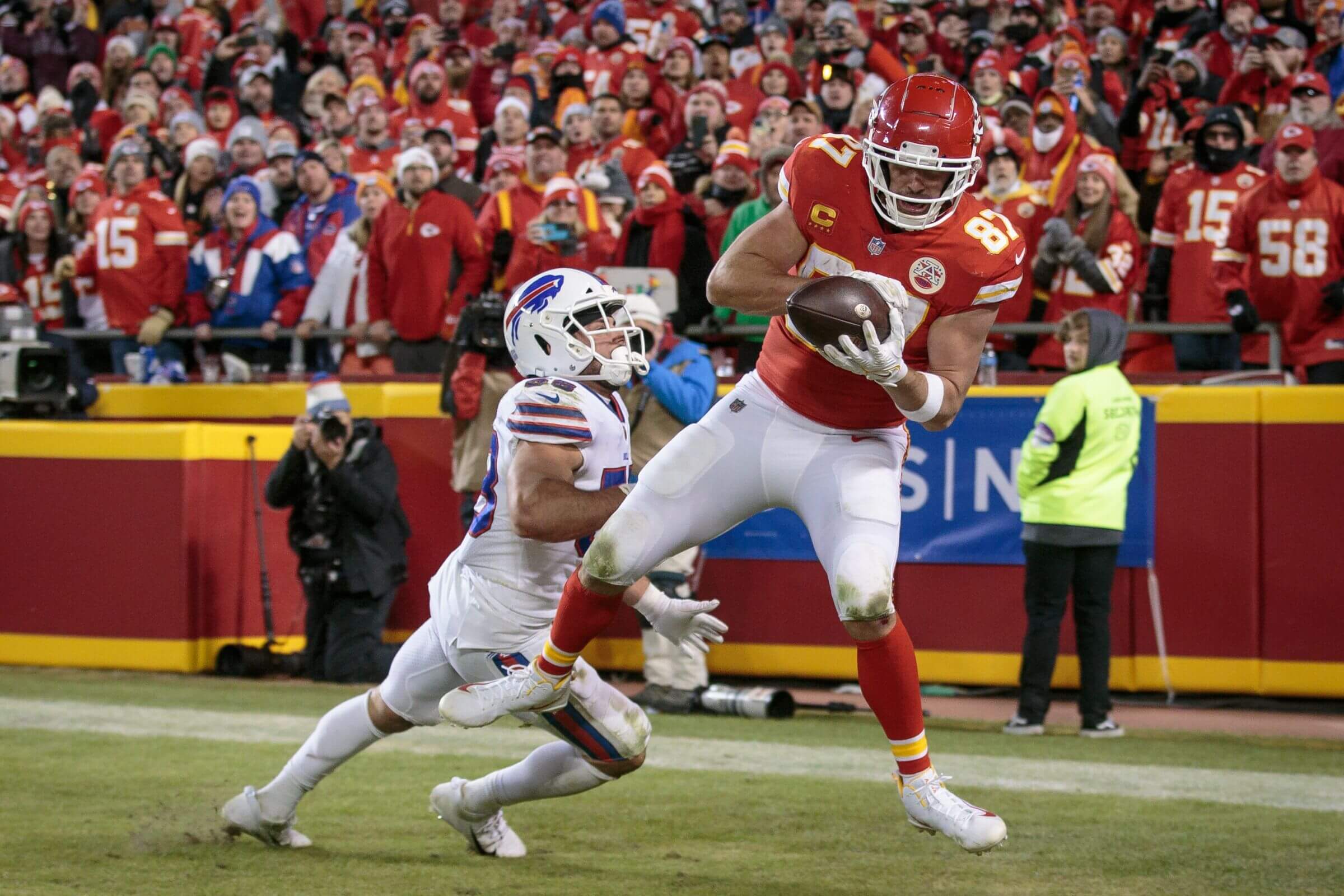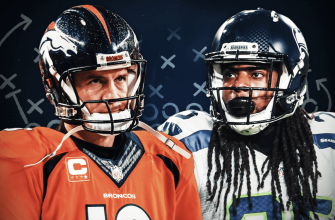Football is a game of strategy, talent, and statistics that has captured the attention of millions of people all over the world. One of the key statistics in football is the “reception,” a term that may seem simple but is layered with complexity. This article will delve into the concept of a reception in football, exploring its definition, significance, the rules that govern it, and much more.
What is a Reception in Football?
In the simplest terms, a reception in football occurs when a player successfully catches a forward pass from the quarterback. Another term for this activity is a “completed pass” or “catch.” The act of catching the ball is referred to as the reception, and the player that makes the catch is known as the receiver.
The Significance of Receptions

Receptions are an important part of a team’s offensive plan since they help move the ball down the field. Receivers are among the most valuable players on the field since the number of receptions they make can have a big impact on a game’s outcome.
- Advancing the Ball: Each reception moves the ball closer to the opposing team’s end zone, with the ultimate goal of scoring a touchdown.
- First Downs: Receptions often result in first downs, which reset the downs count and give the offensive team a new set of opportunities to advance the ball.
- Scoring: Receptions in the end zone result in touchdowns, contributing directly to the team’s score.
Rules Governing Receptions
The rules surrounding what constitutes a legal reception in football can be complex and have evolved over time.
Here are some of the key rules:
- Control of the Ball: Control of the ball must be shown by the receiver. This implies that the receiver must catch the ball in his hands or arms before it lands.
- Inbounds: The receiver must have both feet, or any part of his body other than his hands, inbounds when making the catch.
- Maintaining Possession: Even if he drops to the ground while attempting to grab the ball, the receiver must maintain possession of it.
Different Types of Receptions
Receptions in football can be categorized into different types based on the nature of the pass and the strategy involved.
Here are a few examples:
- Short Passes: These are quick, short-distance throws that are often used to steadily advance the ball or achieve a first down.
- Long Passes: These are high-risk, high-reward throws that cover a large distance. They can result in significant advancements but also carry a higher risk of interception.
- Screen Passes: The offensive line allows the defense to advance as the quarterback quickly passes to a receiver behind the line of scrimmage. The receiver then has multiple blockers ahead to help him advance the ball.
- End Zone Receptions: These passes are made in an effort to reach the end zone and score a touchdown. The receiver must catch the ball while in the end zone and maintain control of it.
Role of Different Positions in Receptions

While the receiver is the one who completes the catch, numerous positions must work together successfully for the play to be successful:
- Quarterback: The quarterback must deliver the ball to the receiver accurately. His ability to read the defense, make quick decisions, and deliver a catchable ball is crucial.
- Offensive Line: The offensive line is in charge of keeping the quarterback secure long enough for him to pass the ball. They block the defensive players and create a pocket around the quarterback.
- Running Backs and Tight Ends: These players often assist in blocking but can also become receivers themselves, adding another layer of complexity to the play.
Impact of Game Conditions on Receptions
Various external factors can impact the success of a reception.
For instance:
- Weather Conditions: Rain, snow, or high winds can make the ball slippery and more difficult to catch. They can also affect the trajectory of the pass.
- Stadium: The design of a stadium, particularly its openness and the material of the playing surface, can impact players’ performances.
- Game State: The current score, time remaining, and down and distance can all influence the risk level a team is willing to take on a pass play.
Training and Skills Required for Successful Receptions

Receivers undergo rigorous physical and mental training to enhance their catching skills.
This includes:
- Hand-Eye Coordination: This is crucial for tracking the ball in the air and timing the catch.
- Speed and Agility: Receivers must be able to outrun defenders and quickly change direction to get open for a pass.
- Strength: This is important for withstanding hits from defenders and maintaining control of the ball.
- Decision-Making: Receivers must understand the play, read the defense, and make split-second decisions on the best route to run.
Notable Reception Records and Case Studies
Receptions have led to some of the most memorable moments in football history and have set impressive records.
Here are a few notable examples:
- Jerry Rice: Jerry Rice, a former wide receiver for the San Francisco 49ers, holds the NFL record for most career receptions with 1,549.
- Marvin Harrison: The retired Indianapolis Colts wide receiver owns the record for the most receptions in a calendar year with 143 in the 2002 campaign.
- The “Immaculate Reception”: One of the most well-known catches in NFL history was the “Immaculate Reception,” which Franco Harris of the Pittsburgh Steelers made against the Oakland Raiders in a playoff game in 1972.
Controversial Reception Calls
Over the years, there have been several controversial reception calls that have sparked debate among fans and analysts. These instances highlight the complexity of the rules surrounding receptions. For example, the “Fail Mary” incident in a 2012 game between the Seattle Seahawks and the Green Bay Packers involved a controversial game-ending reception that was ruled a touchdown for the Seahawks, despite claims of simultaneous possession by a Packers defender.
Statistical Analysis
Football receptions are a crucial statistic that can provide important details about a team’s offensive plan and a player’s performance. For instance, a high number of receptions can indicate a receiver’s reliability and the quarterback’s accuracy. Additionally, examining catches along with other metrics like yards after catch (YAC) and touchdown receptions can give a player’s impact on the game a more complete picture.
Frequently Asked Questions
What is reception in soccer?
The action of a player effectively receiving a pass from a teammate is referred to as “reception” in soccer. This involves controlling the ball and keeping it within their possession. Unlike in American football, receptions in soccer do not have specific statistical significance and are part of the overall flow of the game.
What is considered a reception?
In American football, a reception is considered to have occurred when a player successfully catches a forward pass from the quarterback without the ball touching the ground first. The player must also demonstrate control of the ball and have both feet, or any part of his body other than his hands, inbounds when making the catch.
What is the difference between a reception and receiving yards?
A reception refers to the act of catching a forward pass in American football. On the other hand, receiving yards refer to the total distance in yards that a player gains after making a reception. This includes the distance the player runs after catching the ball until the play is over. Therefore, while a reception is the act of catching the ball, receiving yards measure the impact of the catch on the game’s progression.
What are receptions in the World Cup?
In the context of the FIFA World Cup, a soccer competition, the word “receptions” is not frequently used. In soccer, a reception refers to a player successfully receiving a pass from a teammate. However, unlike in American football, receptions in soccer are not tracked as a specific statistic. Instead, statistics in soccer often focus on metrics like goals, assists, passes, shots on goal, and possession percentages.
Conclusion: The Impact of a Reception
Receptions in football are more than just catching a ball. They provide as evidence of a player’s talent, accuracy, and stamina under pressure. They can change the momentum of a game, break records, and create unforgettable moments in sports history. Understanding the concept of a reception, the rules that govern it, and its significance in the game provides a deeper appreciation for the sport of football and the athletes who play it.
From the strategic planning that goes into each pass to the split-second decision-making and athleticism required to make a successful reception, this aspect of football showcases the complexity and excitement of the game. Each reception adds to the dynamic and unpredictable character of football, whether it’s a short pass that yields a key first down or a deep toss that culminates in the game-winning score.
In conclusion, the reception is a fundamental aspect of football that combines strategy, skill, and spectacle. It’s a statistic that measures not just individual achievement, but often the overall success of a team. Therefore, pay great attention to the receptions the next time you’re watching a football game since they might just affect the outcome.








